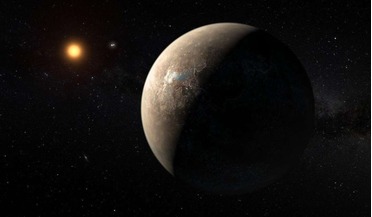 17 April 2019
Proxima Centauri may host a second exoplanet, but its first might not be there
17 April 2019
Proxima Centauri may host a second exoplanet, but its first might not be there
... discovery of a rocky planet not much bigger than Earth orbiting every 11 days around the nearest star to us; Proxima Centauri. Now a different team of researchers have found another, except this one is approximately six times more massive...
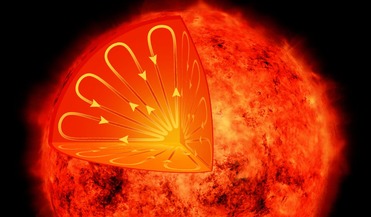 12 October 2016
Proxima Centauri reveals yet more intrigue as a cycle of dramatic sunspots is observed
12 October 2016
Proxima Centauri reveals yet more intrigue as a cycle of dramatic sunspots is observed
... has a regular cycle of sunspots. At first glance, Proxima Centauri seems nothing like our Sun as it is only one-...-Smithsonian Center for Astrophysics (CfA) have discovered that Proxima Centauri also undergoes a similar cycle except it only lasts ...
 25 August 2016
Earth-sized planet found around our nearest neighbouring star
25 August 2016
Earth-sized planet found around our nearest neighbouring star
... of astronomers, led by Guillem Anglada-Escudé of Queen Mary, University of London, used HARPS as part of an ongoing project to observe Proxima Centauri called the Pale Red Dot campaign. "The first hints of a possible planet were spotted back in 2013...
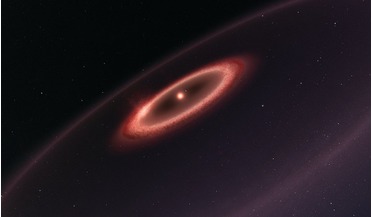 03 November 2017
Dust belt hints at more planets around our nearest star
03 November 2017
Dust belt hints at more planets around our nearest star
..., Guillem Anglada, from the Instituto de Astrofísica de Andalucía (CSIC), Granada, Spain. “This result suggests that Proxima Centauri may have a multiple planet system with a rich history of interactions that resulted in the formation of a dust belt...
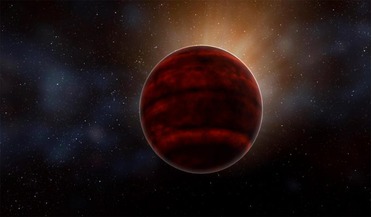 28 February 2018
Habitability of nearest exoplanet in doubt after powerful flare
28 February 2018
Habitability of nearest exoplanet in doubt after powerful flare
... was 10 times brighter than our sun’s largest flares, when observed at similar wavelengths. It is already known that Proxima Centauri experiences regular, although smaller, X-ray flares and indeed this event was also preceded by a smaller flare...
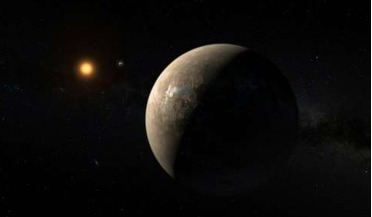 07 October 2016
Proxima b may be be home to oceans, says CNRS
07 October 2016
Proxima b may be be home to oceans, says CNRS
...the distance of Mercury from the Sun. However, as Proxima Centauri is much smaller and 1000 times weaker than the ... be composed of 50% rocky center and 50% water. "In this case, Proxima b would be covered by a single, liquid ocean 200 km deep," said...